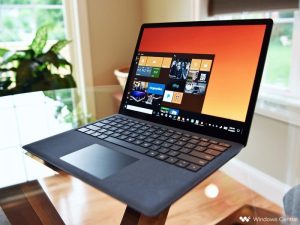Returned in march 2020, whilst contact-tracing apps were first being frantically constructed, they appeared to me like a mirage — a delusion embraced through the smartphone-toting, jet-setting class who wanted to accept as true with that generation should let them ignore the pandemic.
Prejudice does no longer make for true technology, however, and in a plague top technology is what we want. Now, a year and a half of later, in humans be counted: contact tracing apps and public health, tufts university professor susan landau has got down to make a sober assessment.
You have to sense for her right here, because writing a e-book approximately any such rapid-shifting subject matter is quite just like trying to nail flan to the ceiling. Landau finished her ebook within the autumn of 2020. At that point, many nations were too locked down for contact-tracing apps to be counted much; now, all of us’s targeted on vaccinations.
She begins with a preferred records of contact tracing, moves directly to technology-stronger contact tracing, the warfare among contact tracing and privacy, and an evaluation of whether touch-tracing apps have been powerful, and closes with a brief dialogue of the future.
The large warfare in spring 2020 changed into whether or not touch-tracing apps need to be centralised or decentralised — that is, whether they have to accumulate consumer records into a large, authorities-controlled database or preserve facts domestically on each consumer’s telephone, to be shared simplest with that user’s agreement following a nice take a look at.
Landau follows this history and the close to-standard adoption of the gaen (google-apple exposure notification) decentralised platform now utilized by almost every app. Landau leaves out two non-us bits of the story. The primary is the pan-european effort (such as ucl within the united kingdom), dp-3t, which advanced privacy-protecting open-supply protocols whose principles have been much like gaen’s eventual layout. The second is 2011’s fluphone project, led via jon crowcroft and eiko yoneki at cambridge, which hooked up that using cell phones may want to offer actual-time measures of social activity and help identify superspreaders via the infections appearing around them.
Trust and local context
Landau concludes that while contact-tracing apps can in reality make contributions to lowering the simple replica wide variety by uncovering instances that, with out assist, people cannot, the same is proper of human contact tracing. For example, she cites the citadel apache indian reservation in arizona, which skipped checks in favour of seeking out symptoms including low oxygen saturation. The result, regardless of many infections, become a dying fee lower than that of the encircling nation.
Trust and an understanding of the local context are key, as is ensuring that the public fitness infrastructure works for the ones maximum in want. A better technique than gaen, she argues, is to build apps that assist settlement tracers; she names the nhs app that collects qr code test-ins as an instance.
Now, as things may be opening up, is the time whilst touch-tracing apps might have greater of a function to play. We ought to, landau concludes, have the general public debate about how and when those gear must be used that we did not have last year. This pandemic will quit, but it won’t be the final. We should prepare now.

